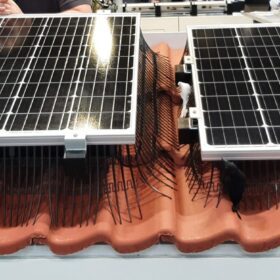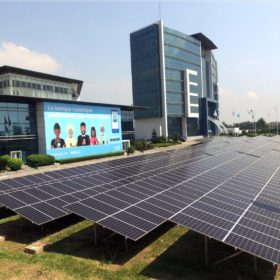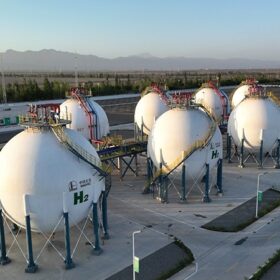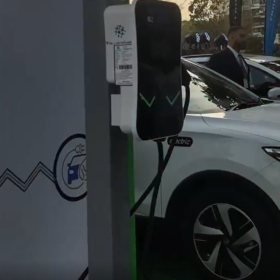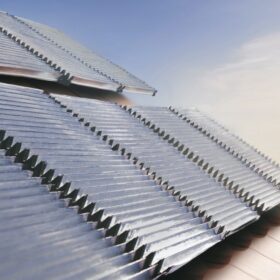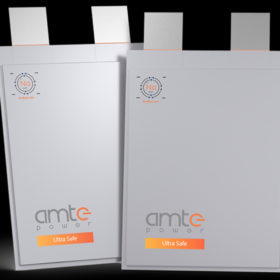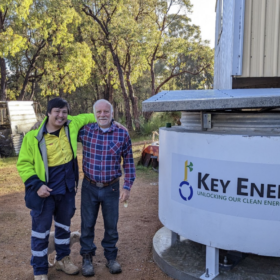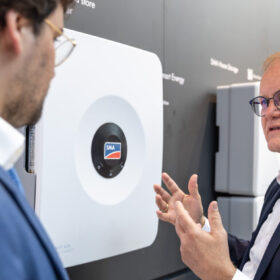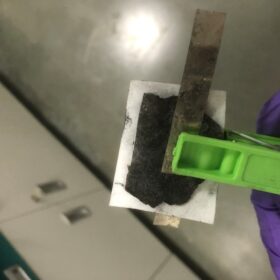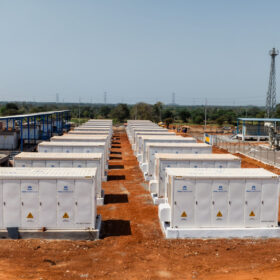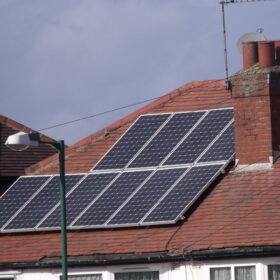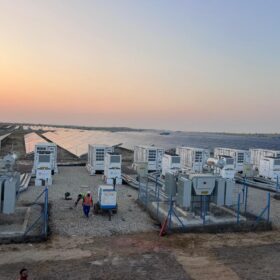Utilities, can you DG it?
Small-scale PV systems drove the installation of more than 200 GW of solar capacity last year and could support more than 300 GW this year. That means a reset for utilities.
Africa50 signs MoU with International Solar Alliance to support PV projects across Africa
Africa50 and International Solar Alliance (ISA) will leverage each other’s networks to mobilize funding and raise awareness of African solar projects in European and Indian markets.
The Hydrogen Stream: China starts world’s biggest solar-to-hydrogen site
China’s Sinopec has switched on the world’s largest solar-to-hydrogen project in Xinjiang, while India has unveiled a new plan to incentivize green hydrogen and electrolyzer production.
Sodium-ion vs lithium-ion batteries
Lithium-ion batteries remain the preferred choice for electric mobility applications in India due to their higher energy density, well-established infrastructure, and safety record. However, the development of sodium-ion batteries continues, and they may have potential advantages in terms of cost and environmental impact, making them a promising alternative in the future.
Serentica signs deals for 1.25 GW of round-the-clock green energy
The developer will install 4 GW of renewable energy projects comprising wind and solar capacities, supplemented with balancing solutions like energy storage. The power generated will allows its industrial customers to offset 8.5 million tonnes of CO2 emissions annually.
Solar-driven photoreactors to generate hydrogen on rooftops
Scientists led by the Karlsruhe Institute of Technology have designed panel-like photoreactors relying on a water-splitting photocatalyst that could produce hydrogen on rooftops or dedicated solar farms. They claim the photoreactors have high economic potential because of their ‘extremely’ low costs.
Global sodium-ion battery market expected to reach $2.6 billion by 2028
The global sodium-ion battery market will grow at 16.2% annually to touch $2.6 billion by 2028. Major drivers include an increasing demand for these batteries as a lithium battery replacement for renewable energy storage and the growing trend towards low-speed electric cars.
Flywheel mechanical battery with 32 kWh of storage in Australia
Key Energy has installed a three-phase flywheel energy storage system at a residence east of Perth, Western Australia. The 8 kW/32 kWh system was installed over two days in an above-ground enclosure, dramatically cutting the time needed to install the flywheel system.
SMA unveils hybrid inverters for residential applications
SMA’s new one-phase hybrid inverters have efficiency ratings of up to 97.5% and European efficiency ratings of 96.8%. They are available in four versions, with power outputs ranging from 3.6 kW to 6 kW.
GERMI develops biodegradable paper supercapacitor from seaweed
The researchers deposited reduced graphene oxide (rGO) and zinc oxide (ZnO) nanowires over seaweed cellulose to make the anode material for the supercapacitor. The device exhibited a greater energy density of 5.21 Wh/kg, a series resistance of 2.16 ohms, and no air degradation even after 5,000 cycles.
